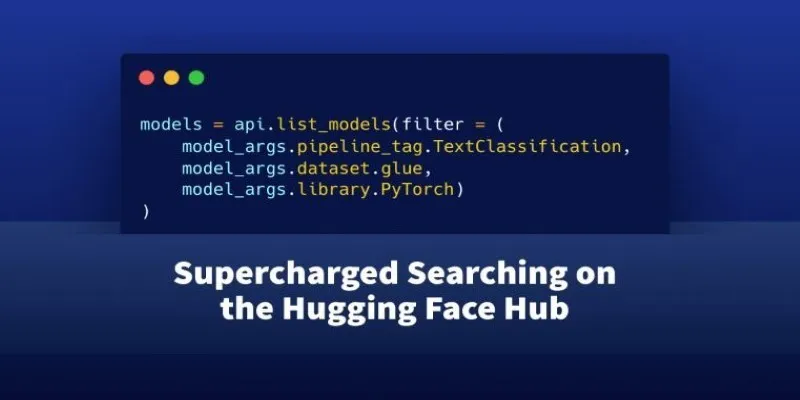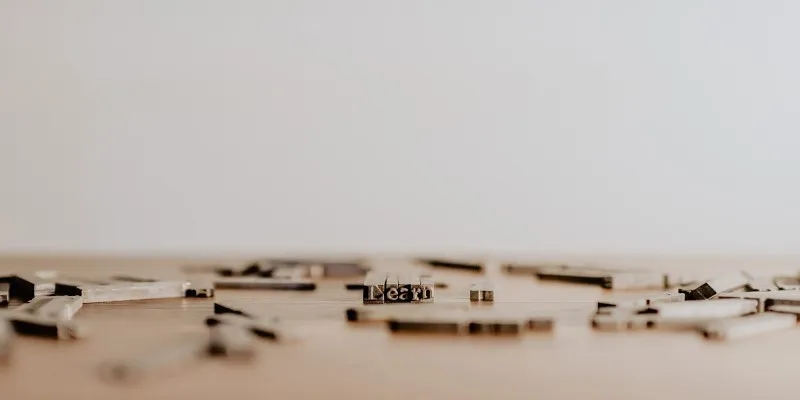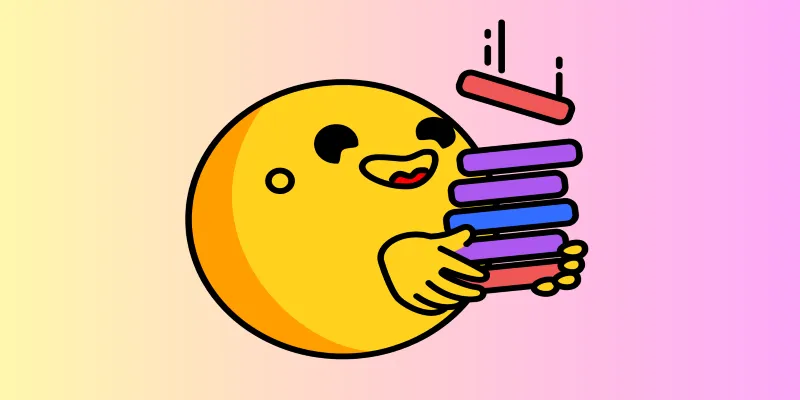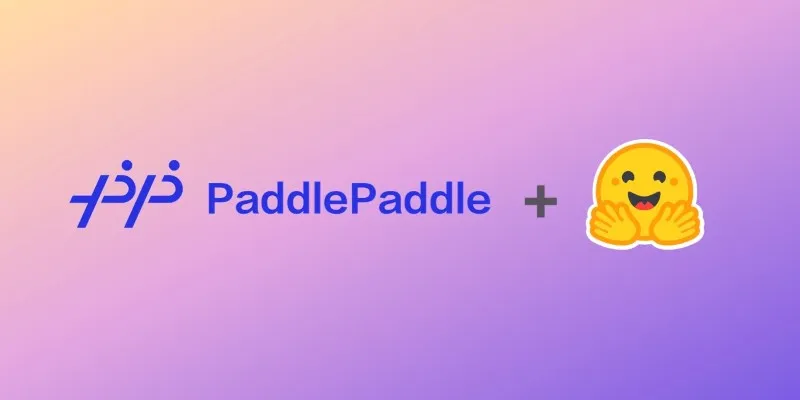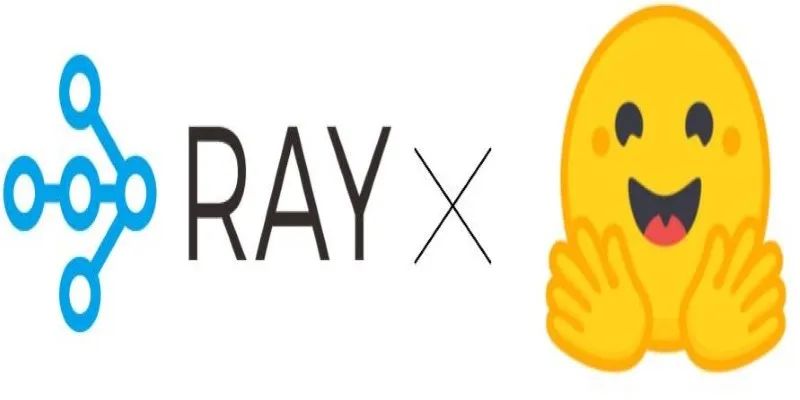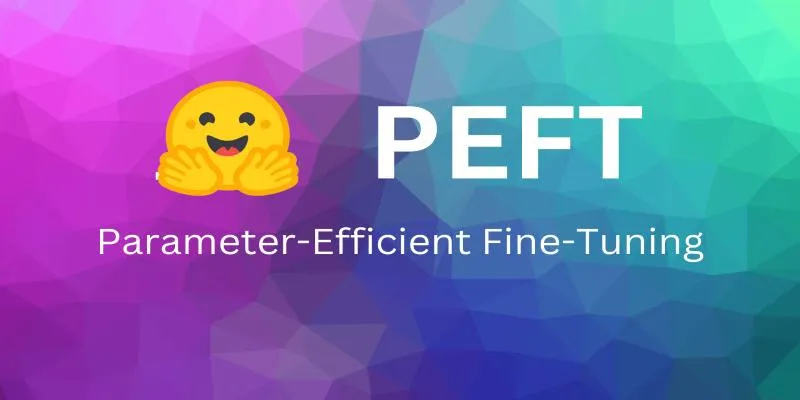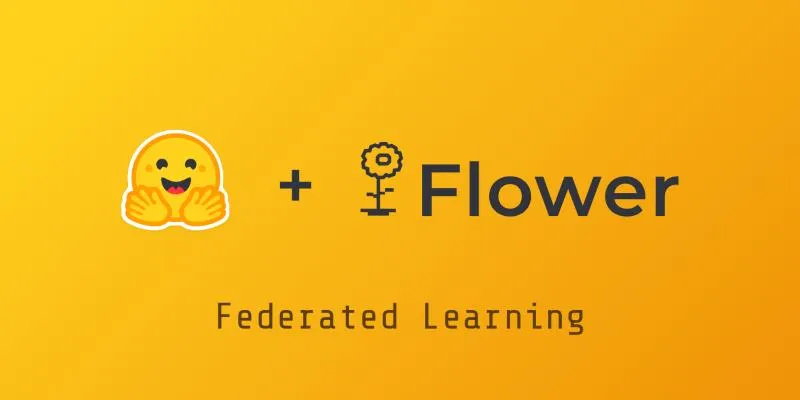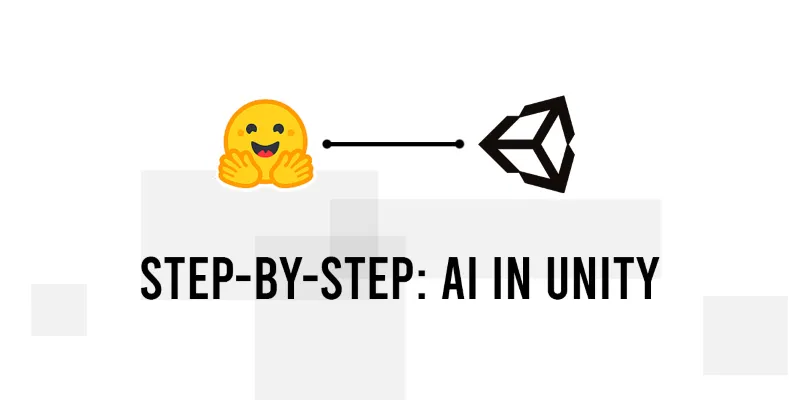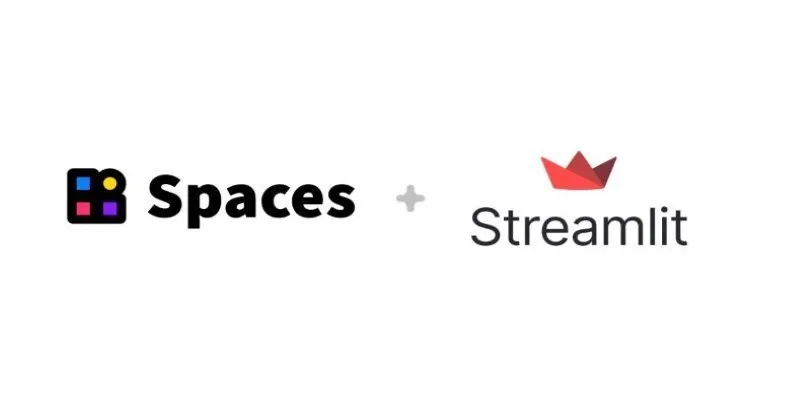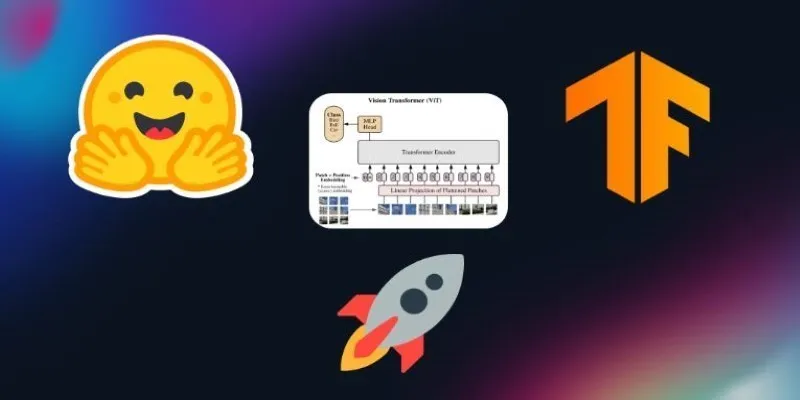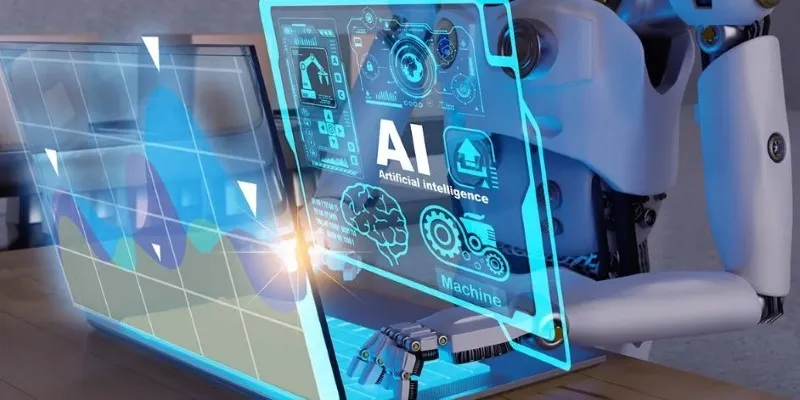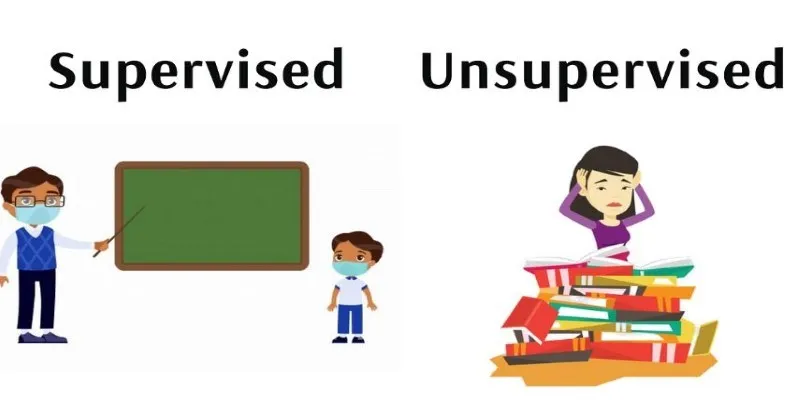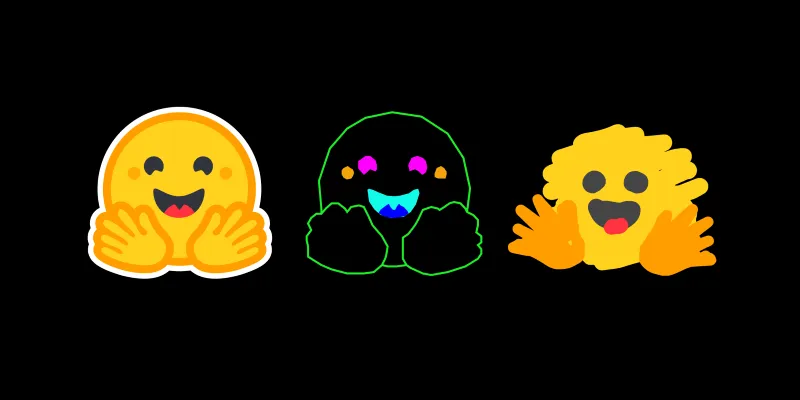
When it comes to generating images that follow structure or control, ControlNet is the tool that quietly steps up and does the heavy lifting. It doesn’t take the spotlight like flashy prompt-tweaking does, but it’s essential when you want your model to listen, not just speak. Training ControlNet with Hugging Face’s diffusers library might sound daunting, but with the right approach, it’s manageable and rewarding.
Let’s break down how to train your own ControlNet using diffusers, step by step.
How to Train Your ControlNet with Diffusers: A Comprehensive Guide
Step 1: Prep Your Environment
Before diving into training, ensure your workspace is robust. A strong GPU with at least 16GB VRAM is recommended.
-
Install Necessary Libraries
If you’re not set up with diffusers, transformers, and accelerators, do so now:pip install diffusers[training] transformers accelerate datasets -
Clone the Repository
If you’re working on a custom pipeline, clone the diffusers repo:git clone https:/github.com/huggingface/diffusers.git cd diffusers pip install -e .
Ensure your package versions are synchronized to prevent issues later.
Step 2: Prepare Your Dataset
ControlNet training requires paired data: an input condition (like a pose map, edge map, depth map, etc.) and its corresponding image. Structure your dataset as follows:
dataset/
├── condition/
│ ├── 00001.png
│ ├── 00002.png
├── image/
│ ├── 00001.jpg
│ ├── 00002.jpg
If your dataset lacks conditioning images, use preprocessing scripts like OpenPose for human poses or MiDaS for depth estimation.
Step 3: Modify the Training Script for ControlNet
Use the train_controlnet.py script from the diffusers repo’s examples directory. It covers much of the groundwork, but you’ll need to specify paths and arguments.

Here’s a simplified call to the script:
accelerate launch train_controlnet.py \
--pretrained_model_name_or_path="runwayml/stable-diffusion-v1-5" \
--dataset_name="path/to/your/dataset" \
--conditioning_image_column="condition" \
--image_column="image" \
--output_dir="./controlnet-output" \
--train_batch_size=4 \
--gradient_accumulation_steps=2 \
--learning_rate=1e-5 \
--num_train_epochs=10 \
--checkpointing_steps=500 \
--validation_steps=1000
ControlNet models are typically fine-tuned from an existing model like stable-diffusion-v1-5. Consider using --use_ema for stability over longer training sessions.
Step 4: Monitor and Adjust During Training
Monitor loss values and validation images. If outputs are blurry or ignore structure, check for noisy conditioning input, incorrect embeddings, or a high learning rate.
For long trainings, enable checkpointing. Use diverse input types for evaluation to ensure your ControlNet can generalize.
After Training: Export and Use Your ControlNet
Once satisfied with your model, save and load it for inference using the from_pretrained method:

from diffusers import StableDiffusionControlNetPipeline, ControlNetModel
from transformers import CLIPTokenizer
controlnet = ControlNetModel.from_pretrained("path/to/controlnet")
pipe = StableDiffusionControlNetPipeline.from_pretrained(
"runwayml/stable-diffusion-v1-5", controlnet=controlnet
)
pipe.to("cuda")
Ensure the conditioning image at inference matches the type used during training. ControlNet is designed for specific structural signals.
Wrapping It Up
Training ControlNet with diffusers is a technical process, but with a well-aligned dataset and clean configuration, it becomes straightforward. The result? A model that not only creates images but follows structured instructions.
Training your own ControlNet allows for enhanced creative control. Whether for stylized art, layout-constrained design, or structure-demanding tasks, a model tuned to your data means less reliance on prompt hacks and more on intent-driven outputs. It’s not just about better results; it’s about better control over how those results are achieved.
 zfn9
zfn9
